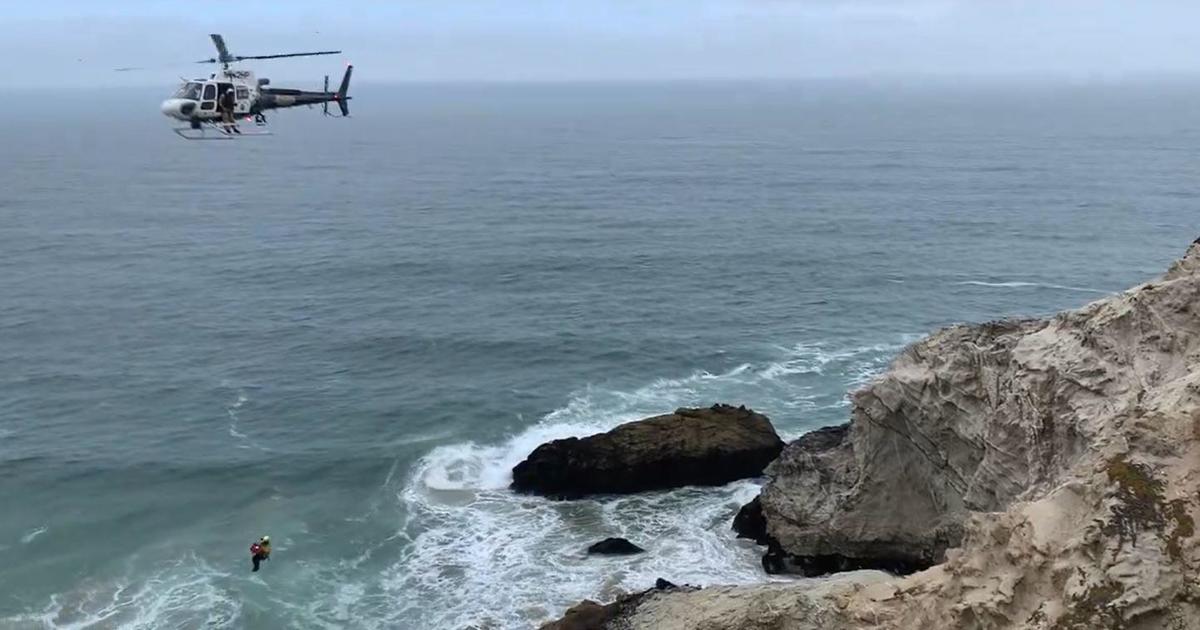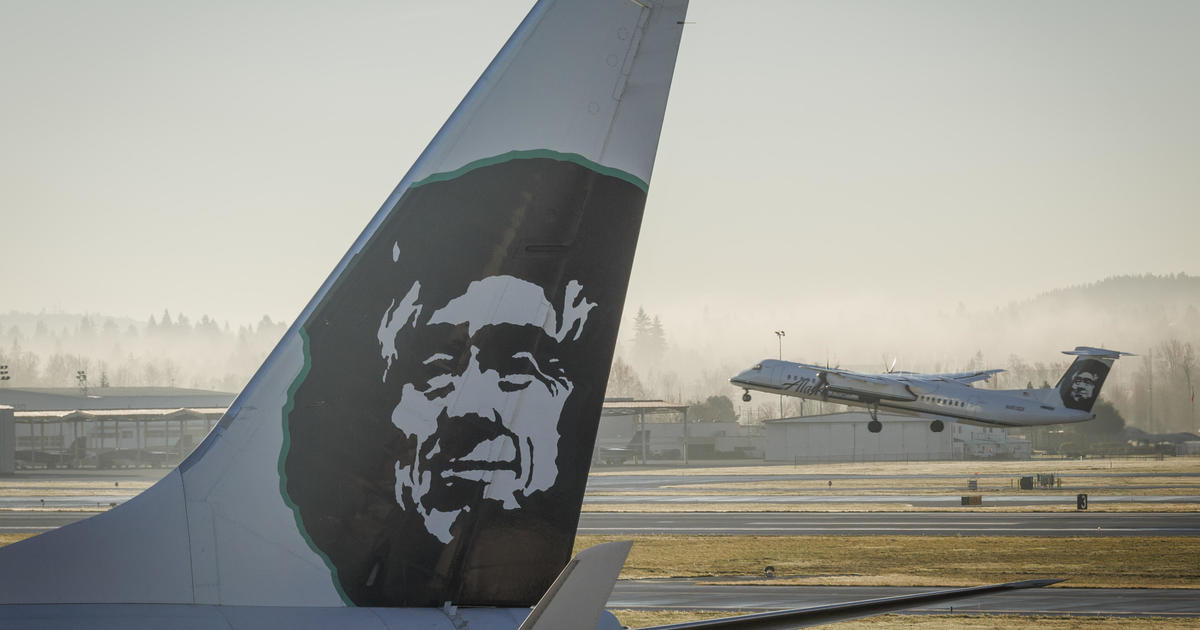Lake Tahoe Clarity Best Since 2002, Less Pollutant Runoff Due To Drought
LAKE TAHOE (CBS SF) – Ongoing restoration efforts to reduce pollution along with California's record drought have contributed to the best clarity in Lake Tahoe since the early 2000s.
According to UC Davis researchers, the average clarity level in 2014 was 77.8 feet, marking a 7.5 foot increase over 2013. Researchers said this is the highest annual average since 2002.
Clarity is calculated when scientists lower a 10-inch white disk into the middle of the lake and record how far down it remains visible to the naked eye. The scientists perform 28 readings throughout the year to determine the average.
The scientists said reduced precipitation due to the drought has led to fewer contaminants flowing into Lake Tahoe, making the lake clearer.
"While these latest data are very reassuring, they should not be interpreted as victory in our joint restoration efforts," Geoffrey Schladow, director of the UC Davis Tahoe Environmental Research Center said in a statement. "Complete restoration is still decades away, and some of the greatest challenges still lie ahead of us."
According to the Reno Gazette-Journal, $1.74 billion has already been spent on projects to improve clarity by controlling erosion and runoff, along with restoring wetlands and limit human-related disturbances.
Despite fewer pollutants in the lake due to the drought, California's dry spell is leading to other major problems for Lake Tahoe. The Bay Area News Group reports the lake is three inches below its natural rim and could be nearly 3 feet below the rim by the end of summer.
While lake clarity has improved in 2014, the clarity falls short of the goal of 97.4 feet set by regulators and below the record of 102 feet set in 1968.



